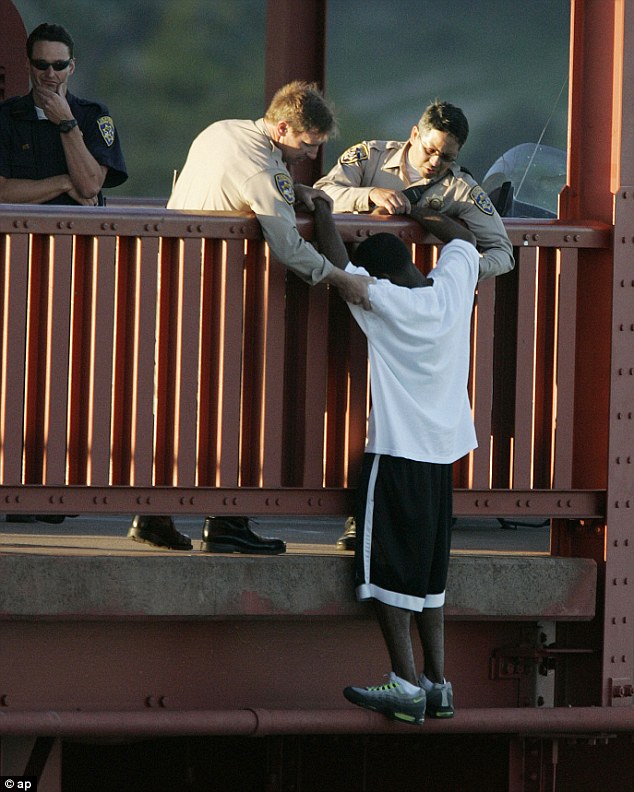
The EMS world is full of people with opinions.
This is a contentious business, and most days, it’s hard to kick a rock without hitting two paramedics having an argument. Usually, if you listen in, you’ll realize it’s one of the golden oldies, some debate older than Johnny and Roy — fire-based vs. private ambulances, ALS- vs. BLS-dominant systems, epinephrine in cardiac arrest, the role of spinal immobilization, and so on. These are topics with two opposing camps and very little room in the middle. (Nothing’s more odious than a fence-sitter.)
The thing is, if you step back and look at most of these debates, you have to admit that there are some massively intelligent, rational, well-educated people in both camps. It’s not The Smart People on one side and A Bunch of Loonies on the other. That wouldn’t really be a controversy, would it? We’d just ignore the loonies and move on. These issues only persist because there are legitimate arguments both Yea and Nay.
But you wouldn’t think that if you waded into the trenches and took your own stand. Although you might start out “seeing both sides,” by the time you’ve done your fifteenth blog post, your tenth column, your third published review, or your 100th lecture, all hammering the same bullet-points… well, after a while, you start wondering just how any nincompoop could possibly disagree with you. You’ve been dismissing the opposition’s arguments for so long that you can no longer give them any serious consideration.
Here’s an example: I am personally very skeptical about the value of emergency department thrombolysis for ischemic stroke. That doesn’t mean I’m convinced that it’s a bad idea, but I am fairly convinced that the evidence in its favor is poor, and I believe this with sufficient ardor that I start to get a throbbing headache whenever someone advocates too loudly for tPA. On a bad day, I’ll admit that I occasionally want to throw up my hands and say, “What are these morons thinking?”
Well, these morons are hundreds of exceptionally knowledgable researchers and physicians, and what they’re thinking is that they have a slightly different perspective on the data. They are actually not stupid or insane. And that’s the key here. Maybe I’m right, maybe they’re right. But we’re both wrong if we think the debate is over, and no rational person could disagree with us. Equipoise remains; reasonable people can go either way.
The debate rages on. We’ve just picked a side.
And so, while we may spend 99% of our time waving our preferred banners, it behooves us to occasionally take pause and remember that the other side is not composed of morons, and their points have some validity. It’s good to reflect upon why, even though we’re so smart, other smart people still disagree with us. And to truly weigh and consider those reasons as viable, not just as straw-men to be refuted.
That’s why today, we’re holding…
The First Great EMS What-if-We’re-Wrong-a-Thon
The what?
Today, six EMS writers, bloggers, and pundits have agreed to take one of their pet issues… one of the topics they argue, espouse, teach, and defend… and try to prove the other side.
If they believe that volunteer EMS is a tool of the devil, they’ve written an earnest screed arguing why volunteers are an essential feature of modern prehospital care. If they’ve based their career on railing against unnecessary use of helicopter transportation, they’ve done their best to defend air ambulances and prove their worth.
What’s the point of this exercise?
In part, it’s for the same reason that the Catholic Church appoints “devil’s advocates,” why debate teams are expected to be equally convincing from both “pro” or “con” positions, and why computer security outfits hire “penetration testers” to try to attack their own networks. Making a serious effort to destroy your own beliefs is the best way to strengthen them. You can’t do this from within your own fortress of opinions; inside there, it’s one big echo chamber without any perspective. You need to step outside your skin, pretend you haven’t spent ten years singing the same tune, and hold a Bizarro day in order to realize what you’ve been missing.
But that’s not the most important reason for this. The most important reason is humility.
We all think we’re right about what we believe. That’s why we believe it. And that’s fine.
Yet if we cross the line into thinking we cannot possibly be wrong, we’re no longer engaging in rational debate. We’re just shouting, shouting, shouting our personal dogma. If the answer to the question, “What could convince you to change your mind?” is nothing!, that’s called religion, not reason.
Only an idiot is always right. So we asked some prominent figures from the EMS world to take a day and show us how they’re willing to be wrong.
Participating posts are linked below. Go flip through them, and applaud the authors for the courage it takes to hammer upon your own ramparts. Hopefully, you’ll be inspired to take a deep breath and acknowledge that you could be wrong too.
Authors
Michael Morse (Rescuing Providence) — Strong opponent of civilian Narcan (naloxone) distribution programs. He argues here why they actually might be a good idea.
Jeff Poland — Advocate of endotracheal intubation is the gold standard of airway management. He argues why we should be using supra-glottic airways as our first line intervention instead. (Guest hosted courtesy of Christopher Watford at My Variables Only Have 6 Letters.) He’s not to be confused with…
Ben Dowdy — … who argues why we should be abandoning prehospital endotracheal intubation altogether. (Guest hosted courtesy of Brooks Walsh at Mill Hill Ave Command.)
Greg Friese (EMS1) — Passionate proponent of non-traditional models of education. He argues why we should “unflip the classroom” and bring back standard lecture-based instruction for EMS training.
Vince DiGiulio (EMS 12-Lead) — Long-time believer in STEMI activation based on field ECG interpretation by well-trained paramedics. He argues why they should be transmitting their strips for physician interpretation instead.
Amy Eisenhauer (The EMS Siren) — Usually an advocate for professionalism among EMS providers; she makes a case here that sometimes, professionalism can have its downsides.


Recent Comments